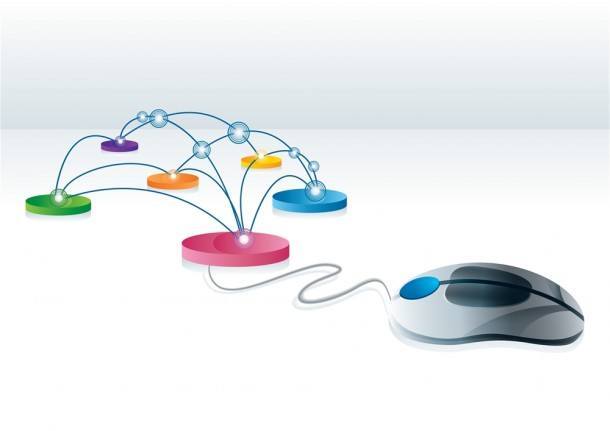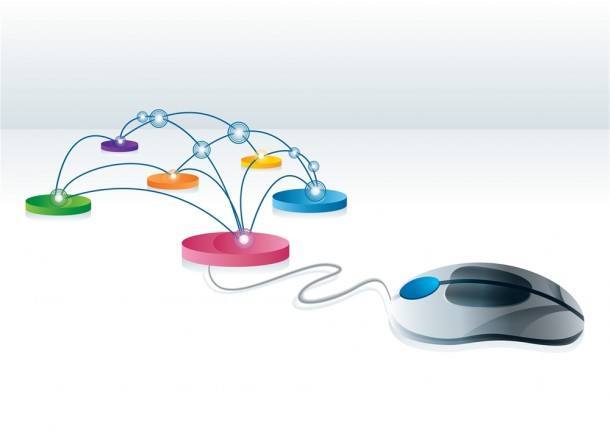
Guest Post: Digital Signage and the Internet of Things
November 1, 2011 by guest author, Bas Smeets
The technical community has been talking for a while now about the coming Internet of Things – when our business and personal lives see a fundamental shift in how we see and use the Internet.
Right now, we use the Internet through computing devices like desktop PCs and laptops, tablets and smart phones. The digital signage industry was built and now operates around the concept of computers getting instructions and media from other computers, and driving visuals to screens.
The Internet of Things is the step beyond that – when what we know and do also taps into intelligent devices that may be as simple as sensors, but have Internet addresses and the smarts to send data and react to conditions and triggers.
Arguably, “things” have been existing at the edges of the Internet for many years. People turn off lights and open locked automobile doors using browsers and mobile apps, and industry has been getting feedback from sensors and monitors for many years. But they are far from the mainstream right now, and not all that intertwined.
That’s what will change. My company has been building rugged, intelligent devices for many years and our bread and butter is industrial computing. We see our future mission as Enabling an Intelligent Planet. It’s at the core of what we’ll be doing.
Touching Everything
This Internet of Things will touch everything, but let’s look at it from one narrow perspective – digital signage. Right now, the digital signage industry largely operates off of schedules that are pre-determined by humans, with some very limited dynamic triggers that are based on parameters set up by human operators. In other words, if “this” happens, an operator tells the system to play “that” file.
Now think about the content delivery model on a network that is steadily mining, analyzing and responding to a broad spectrum of real and near-real time data, and dynamically tuning and triggering content.
Here’s how something like a hospital works right now. There may be digital screens in some waiting rooms playing scheduled, generalized content. There may be a directory in the lobby or main entry areas. There may be screens for a digital wall thanking major donors.
In the Internet of Things, sensors, readers and databases can all be tapped and intertwined to provide a more meaningful, streamlined patient experience. Imagine a woman, pregnant for the first time, arriving at a large medical center she’s never been to and feeling somewhat overwhelmed by needing a special test and not knowing where to go. She walks up to a directory kiosk and taps her government or private-insurer smart card against a reader.
The system reads that her first language is Italian and dynamically changes the screen user interface to that language. It queries a database and determines her appointment location and time, and offers to send directions to the building and floor where she needs to go, to her phone. The system also tells the clinic reception booking system that the patient is now in the building. Once she’s found the clinic, the waiting room screen knows there is a patient with Italian as the primary language and dynamically provides updates in that language about wait times. So the woman knows, in Italian, that she has about 10 extra minutes to wait.
Lowering Barriers
That’s just one example. The Internet of Things will connect millions of previously unconnected things and lower or eliminate barriers to information, as well as make operations and activities more streamlined and cost-efficient, and programming more timely and relevant.
Efficiency comes when more and better information – made available by sensors and information systems – influences and shapes messages and gets them to digital displays quickly. Imagine better crowd control at the congested entry points to sports events if screens could automatically direct people at the back and sides to other, newly opened gates.
More advanced services come in activities such as retailing when sensors blend with information systems and messaging displays. Already, there are products on the market that use sensors to analyze parking lot and line-up volumes at quick service restaurant chains to help determine what and how much food to prepare and where to assign staff. The natural extension is to tune marketing messages to store/restaurant conditions.
The integration of all these things also speeds the timing of messages on and off displays, as well as the targeting. While scheduling on many digital signage platforms makes good use of meta data to precisely target media to locations, the timing is still somewhat determined by human intervention. In other words, getting messages on and off screens still often requires someone to “push the button” to make it happen. That will be increasingly automated.
Road, transit and safety/security sensors can all be intertwined to get more accurate and timely communications to screens and improve experiences.
People waiting endlessly at a transit stop, if a screen is installed there, can be told a road accident is delaying buses and update the arrival time and suggest alternatives, for example.
Integration may also mean higher up times in the field and more ability for technical people to get, remotely, a full understanding of what may be causing an outage. Right now, they can usually analyze their own media player’s state – but in the future they may also be able to understand the other operating conditions in the facility and on the larger network that could be contributing to why things aren’t working properly.
We’re moving fairly rapidly to a time when what appears on screens and what happens to get it there will be far more than a simple case of operators telling machines what to play and when. Right now, a person managing and scheduling a network is something of a musician. Soon, those people will be arranging and conducting orchestras, with many, varied instruments (those things) potentially adding to the sound.
__________________________________
This post originally appeared on Advantech Europe’s iServices blog and is used with Advantech’s permission.




Leave a comment